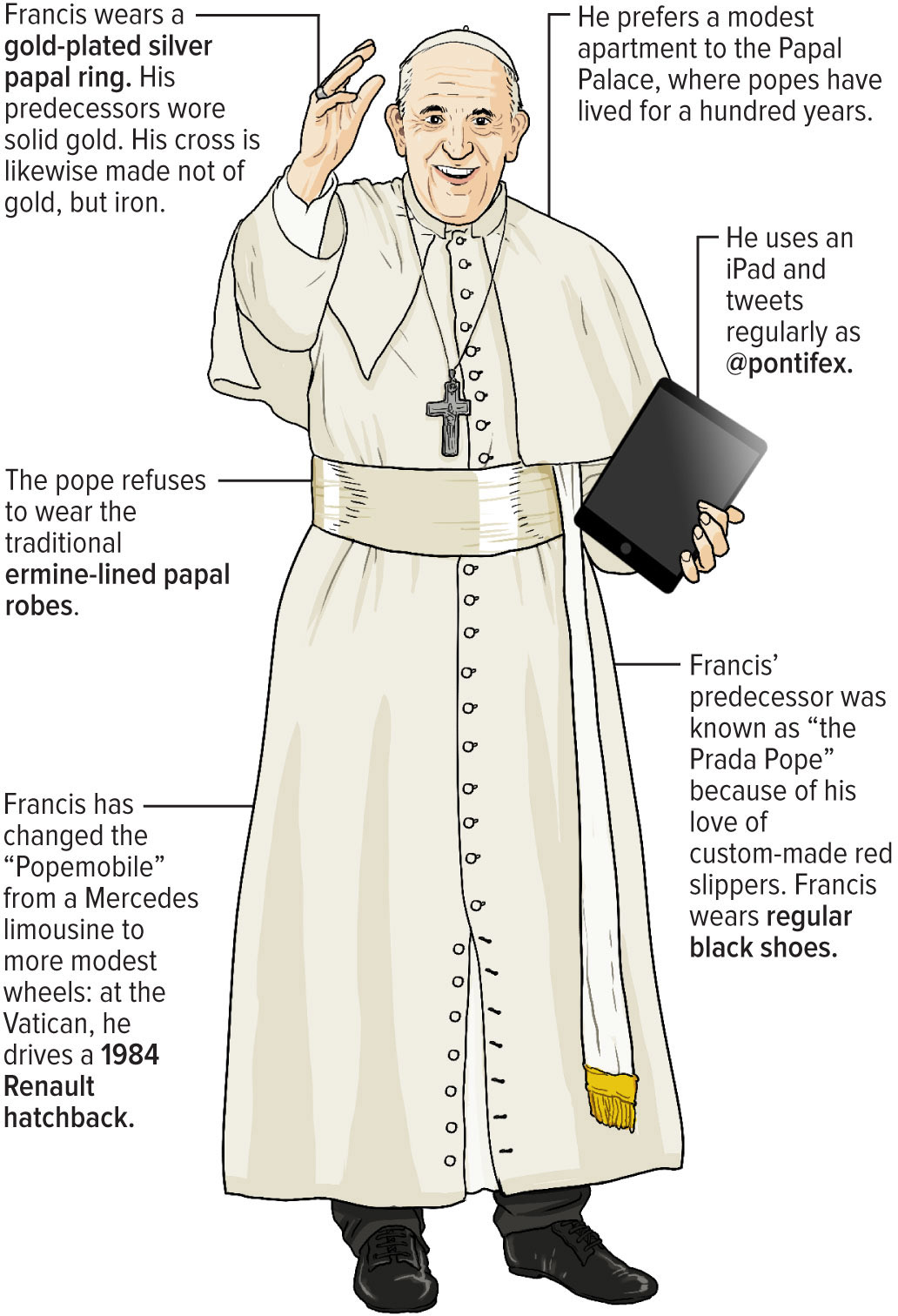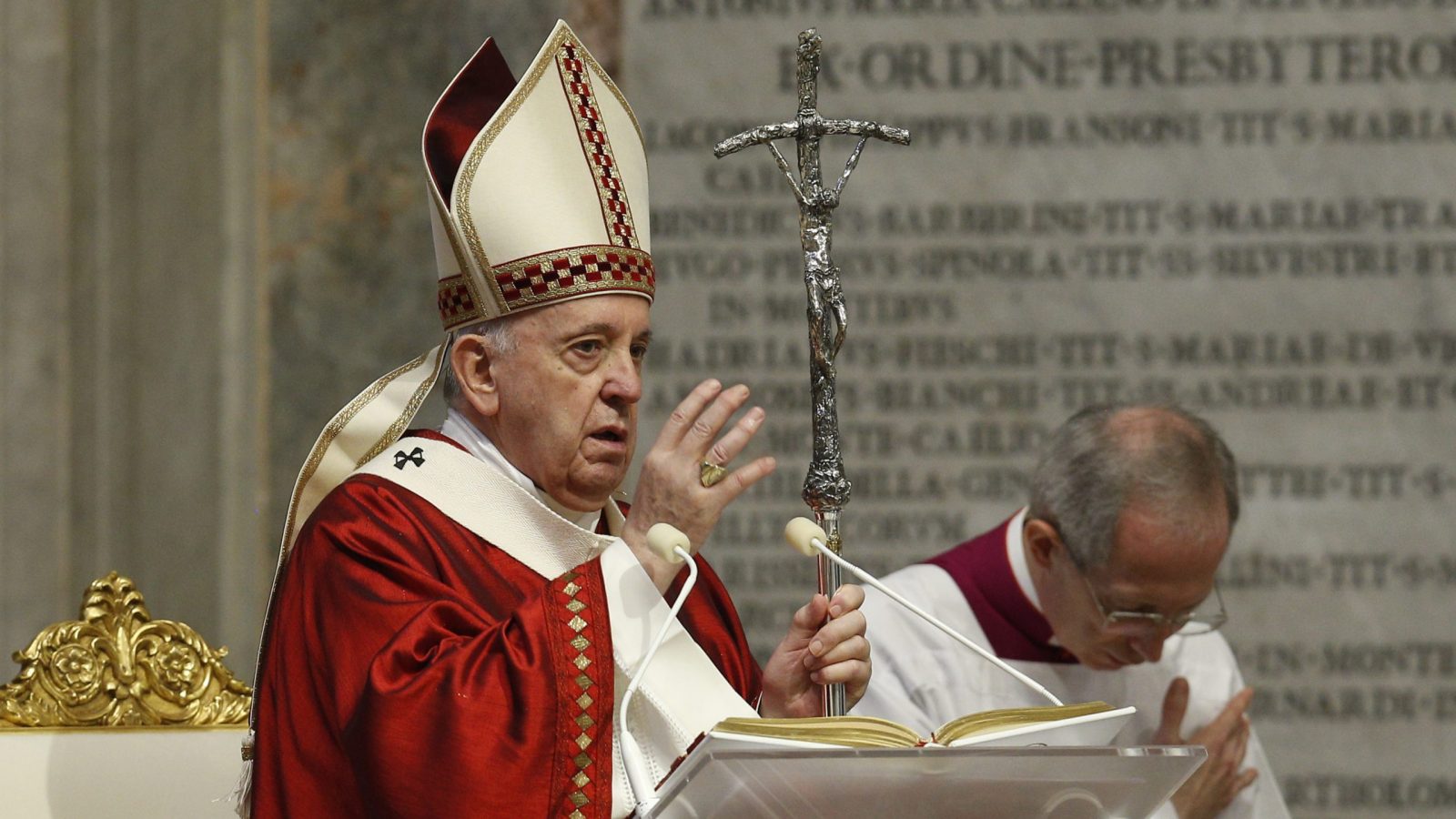In the vast tapestry of religious history, where tradition and belief intertwine, have you ever pondered the absence of subsequent Popes named "Peter" following the papacy of the Apostle Peter? The answer lies not in a lack of candidates, but in a complex interplay of historical precedent, theological considerations, and the emergence of breakaway religious movements.
The question of why there hasn't been a "Pope Peter II," "Pope Peter III," and so on has intrigued many, prompting reflection on the legacy of the first Pope and the evolution of the papacy. While the name "Peter" has been considered, it has not been adopted by any subsequent pontiff, a decision rooted in reverence and historical context.
Simultaneously, in the realm of alternative religious movements, a different narrative has unfolded. One such instance involves the Palmarian Catholic Church, a schismatic group that emerged in 1978. This group, originating from Spain, broke away from the Roman Catholic Church, claiming to have received a Marian apparition that dictated the relocation of the papacy from Rome to Spain. This event marked the beginning of a series of papal successions within the Palmarian Church, culminating in the rise of "Pope Peter III," also known as Joseph Odermatt.
- Watch Vega More On Vegamovies Explore Vegas
- Hdhub4u Movie Guide Stream Download Legal Alternatives Read Now
Odermatt, originally Markus Josef Odermatt, ascended to the papacy on April 22, 2016, following the abdication of Pope Gregory XVIII due to a loss of faith. This succession illustrates a divergence from mainstream Catholicism, where the historical lineage of the papacy is maintained and respected.
The Palmarian Catholic Church is known for its unique interpretations of Catholic doctrine, the adoption of distinct practices, and its controversial claims regarding the papacy's lineage. The existence of "Pope Peter III" within this context highlights the complexities that can emerge when religious beliefs and historical events diverge.
Furthermore, discussions surrounding the papacy often delve into the core values of the Catholic Church, the role of the Pope, and the interpretation of religious teachings. When considering "Pope Peter III," it's crucial to understand the theological context, the history of the Palmarian Church, and how it relates to the broader Catholic Church.
Here is a glimpse into the life and career of the current Pope Peter III, also known as Joseph Odermatt:
| Attribute | Details |
|---|---|
| Full Name | Joseph Odermatt |
| Religious Name | Eliseo Mara de la Santa Faz |
| Papal Name | Peter III |
| Born | March 13, 1966 |
| Birthplace | Switzerland |
| Current Role | Fourth Pope of the Palmarian Catholic Church |
| Date of Papacy | April 22, 2016 Present |
| Predecessor | Pope Gregory XVIII (Gins Jess Hernndez) |
| Successor | Currently in office |
| Previous Role | Palmarian Secretary of State |
| Other Affiliations | Palmarian Catholic Church |
| Known for | Maintaining the Palmarian calendar, addresses Marian apparitions. |
| Reference | Wikipedia - Pope Peter III |
The divergence between the Roman Catholic Church and the Palmarian Catholic Church is significant, reflecting differing interpretations of religious history and the role of the papacy. While the Roman Catholic Church maintains a continuous lineage of Popes, the Palmarian Church has its own distinct succession.
The story of Pope Peter III, Joseph Odermatt, provides a unique window into the world of alternative religious movements. It exemplifies how divergent interpretations of religious doctrine and historical events can create alternative religious paths.
The schism with Rome, stemming from alleged Marian apparitions, has created a distinct trajectory for the Palmarian Church, one characterized by a different calendar, theology, and leadership. This separation highlights the diversity within Christianity and the various understandings of faith.
In the traditional Catholic Church, debates and divisions, even those existing centuries ago, find expression in the writings of figures like Paul. The church, like many institutions, navigates these complexities while seeking to find the truth in seemingly conflicting viewpoints.
The role of Pope Francis in the Vatican continues this tradition, addressing both historical and contemporary issues and striving to balance continuity and change. As a result, discussions around church leadership, doctrine, and the role of the Pope in the modern world are very much alive.
The Palmarian Church's narrative, and the role of figures like Pope Peter III, helps to highlight the wide spectrum of beliefs and practices within Christianity. It shows how different faith-based communities can emerge and evolve, each with its own interpretation of religious history and teachings.
Pope Francis and the Vatican frequently face challenges. These include dealing with internal divisions and making decisions about changes within the church. These discussions often highlight the tensions between tradition and modern viewpoints.
The issue of papal names is a complex one, going back to the very beginnings of the papacy. The historical precedent of the original "Pope Peter" influences the choice of names, as does a respect for the legacy of Saint Peter, the first Pope. The absence of "Pope Peter II" and succeeding Peters isn't about a shortage of candidates; it's about the symbolic weight of the name and historical customs.
However, the history of the Palmarian Catholic Church shows that alternatives can arise. In 1978, after the death of Pope Paul VI, Clemente Domnguez y Gmez claimed to have had a vision from God declaring him to be the new Pope. This led to a split and the development of a new tradition that included names such as Pope Peter II and, ultimately, Pope Peter III.
This divergence from the main Catholic tradition demonstrates the multitude of religious interpretations and practices in the world. It also underlines the impact of individual experiences, such as apparitions, in shaping the course of religious institutions.
The Palmarian Church's history provides a fascinating contrast to the Roman Catholic Church. While the latter follows an unbroken line of succession, the former branched off and developed its unique traditions, theology, and lineage. The presence of a figure like Pope Peter III offers a view into this distinct world.
Furthermore, the Palmarian Church's adherence to a specific calendar and its stance on doctrinal matters demonstrate the complex nature of religious organizations and the myriad ways in which faith can be practiced and interpreted. It is a reminder that religious belief is not static. It is rather a dynamic process with a variety of expressions.
The modern day of the Catholic Church also has to deal with internal conflicts, for instance, those on issues like the priesthood and the meaning of tradition in the modern era. It's a dynamic and multifaceted environment, marked by the interplay of different traditions, beliefs, and historical perspectives.
Pope Francis' efforts, such as meetings with Pope Emeritus Benedict XVI and ecumenical efforts, reflect a commitment to dialogue. These attempts address divisions and build bridges among various viewpoints. They highlight the complex dynamics of maintaining unity amidst the diversity of thoughts and beliefs.
The Palmarian Church, with its leader Pope Peter III, presents a story that exemplifies the evolution of religious beliefs. It underlines the importance of understanding the context, the historical circumstances, and the various expressions of faith. The schism underscores how religious narratives can change over time.
The Catholic Church's history includes periods of intense disagreement, which are reflected in the writings of various religious figures. Today, as in the past, church leaders try to find common ground while navigating contradictory viewpoints.
The story of Pope Peter III is a reminder that the religious world is multifaceted and dynamic. It's a place of diverse interpretations, schisms, and the evolution of belief systems. When studying the complexities of religion, understanding the different facets of faith is necessary.
The Palmarian Catholic Church's emphasis on preserving tradition and its adoption of practices that set it apart from the mainstream Catholic Church offer an interesting perspective. It also highlights the continuing evolution of Christianity.
In the Catholic Church, the Pope is seen as the head of the Church. Discussions are ongoing on how the Church should adapt to modern times. These debates involve the balance between continuity and transformation, which helps demonstrate the dynamic nature of faith.
The evolution of religious practices, the interpretation of doctrine, and the role of the Papacy continue to be complex and fascinating topics. They are significant in the evolution of Christianity. The story of Pope Peter III demonstrates the diversity and dynamism of religious beliefs.
- Explore Free Sex Chat Chloe And Matt Porn Videos Watch Now
- Cubbi Thompson Age Bio Height More Unveiling The Model


